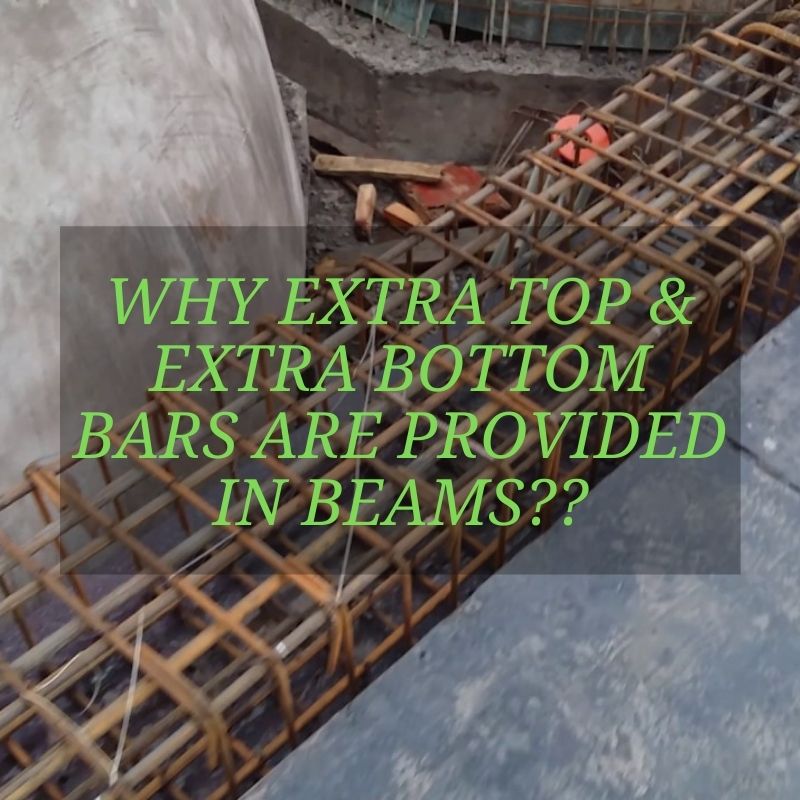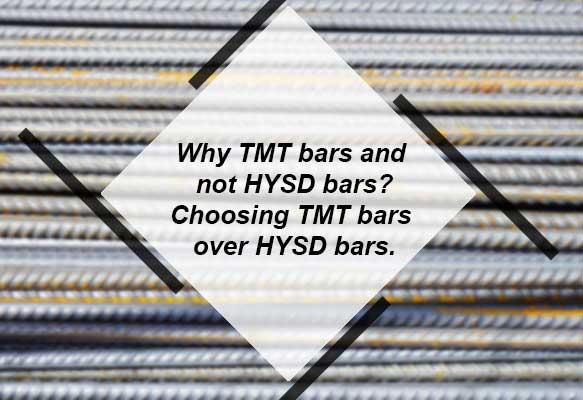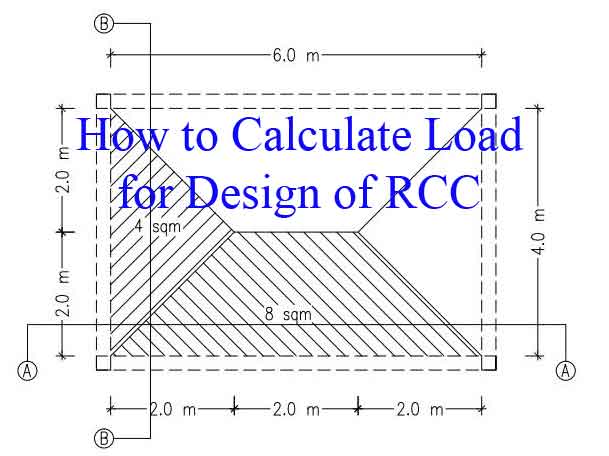What is STAAD Pro? STAAD Pro stands for Structural Analysis And Designing Program. STAAD Pro software is widely used in analyzing and designing structures – buildings, bridges, towers, transportation, industrial and utility structures. Designs can involve building structures including culverts, petrochemical […]








